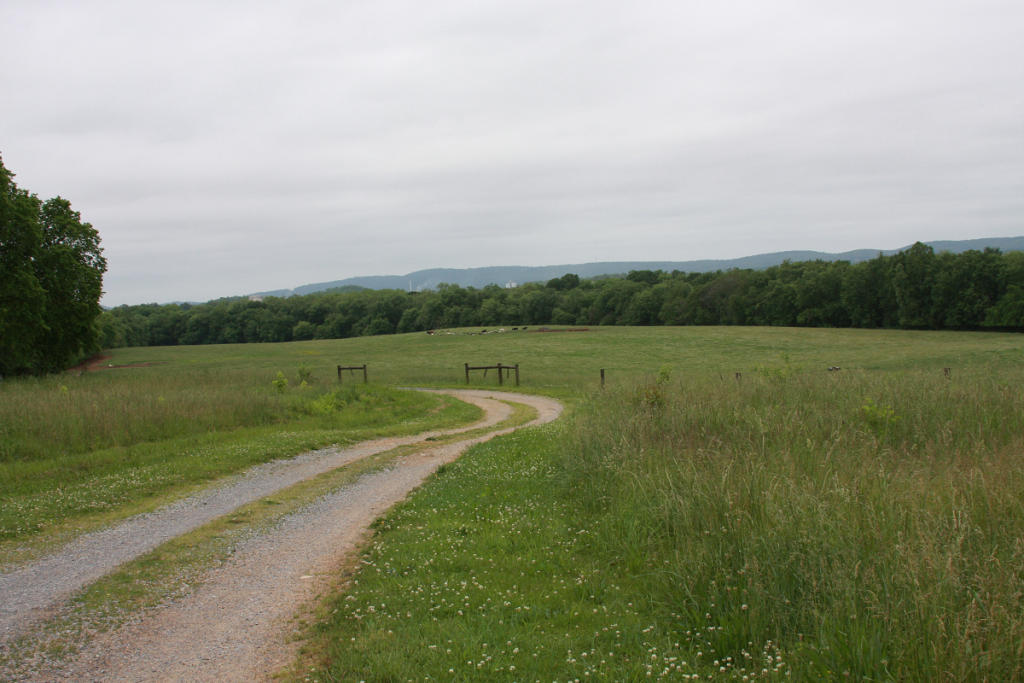May 26, 2022 @ 09:30 EDT
Site Visit #26
Sometimes, losing is a win. “Lost the battle but won the war”. Monocacy is just such a battle.
Most people who remember their history (at least, U.S. people) know that Robert Lee, General over the Army of Northern Virginia, twice invaded northern territory. The first was repulsed at Antietam, where I was yesterday. The second was at Gettysburg, where I will be tomorrow. These two battles are remembered as two of the bloodiest clashes of the war.
But, as Yoda may say, “There was another…”.
Before I began researching the National Parks, I had not heard of the Battle of Monocacy in Maryland. That is quite embarrassing as I fancy myself a history buff, with emphasis on the Civil War and WWII. The battle happened in July 1864, nearly two years after Antietam and one year after Gettysburg, along a small stream less than 30 miles from those other two.
General Lee did not participate in this battle, as he was defending Petersburg and Richmond from Ulysses Grant. However, he conceived of the plan.
By now, Lee realized that the only way for the Confederates to win the war was for the Union to simply give up. Many northerners were tired of the war, now over three years old. The presidential election was to be held in November of 1864 and if Lincoln lost (and many polls indicated he would), perhaps the new President (likely to be former General George McClellan) would negotiate a peace and grant the southern states their independence.

He tasked General Jubal Early with the task of driving north up the Shenandoah Valley back into Maryland, then turning east and attacking Washington, capturing the city. Now wait, you might say. Isn’t Washington heavily fortified and defended. Earlier in the war, it was. Grant had pulled troops from the defense of Washington to help in the siege of Petersburg. He felt the threat to the capital was low given most of Lee’s army was in front of him.
Early did indeed drive Union troops from the Shenandoah Valley and was heading into Maryland. The moves caught the Union by surprise and Grant dispatched several troops from Petersburg to rush north and defend Washington. But, given Early’s distance to DC, and the Union troops’ distance to DC, they would arrive too late.
General Lew Wallace, who oversaw the Eighth Army Corps in Baltimore, quickly organized a force to meet Early’s. Unfortunately, it was made up of only a few battle veterans and lots of men on 100-day enlistments who had never seen battle. And it was still around 3,200 troops to face Early’s 15,000. As he arrived in western Maryland, another 3,000 troops sent by Grant arrived to help, but he was still outnumbered by over 2 to 1.
The Union troops put up a strong defense as the southerners tried to cross Monocacy Creek. They succeeded in crossing toward the southern end of the battlefield on “Worthington’s Farm”. However, they were immediately under Union fire. When they finally drove the northerners back, a counterattack pushed them right back to the creek. Eventually, they broke the Union lines and turned the flank.
Realizing that his forces had done as much as they could, Wallace retreated back to Washington. The stand made by Union troops delayed the Confederate advance by 24 hours – just enough time for a large contingent of Unions soldiers to arrive and take up positions around Washington.
Early still proceeded to the outskirts of the capital, where he was stopped at Fort Stevens. And who was crazy enough to venture out to Fort Stevens and watch some of the action? Abraham Lincoln!
Despite the delay in Early’s planned attack, due to the Union stand at Monocacy, it was still possible that the mere fact that they arrived on the outskirts of Washington may be enough to sway northern opinion. But as we know, it was not. Lincoln won reelection to a second term; one that sadly would last a mere six weeks.
For a lesser-known and lesser-visited battlefield (compared to Antietam and Gettysburg), Monocacy still provides lots of information. The Visitor’s Center is located at what was the northern edge of the battlefield. It is a two-story structure with a small museum upstairs. Also upstairs is a map of the battlefield which uses small hidden LED lights, combined with an audio narrative, to show troop movements and major clashes in the battle.
A driving tour is available, outlined in the park brochure and also available on the NPS app on cell phones. It is far less extensive than the one I followed yesterday at Antietam, but this was a much smaller force on a smaller area of land.
As a final footnote to this battle, the Union general’s name – Lew Wallace – may look familiar. After the war, he served as Territorial Governor of New Mexico. While there, in 1881, he wrote the book “Ben-Hur: A Tale of the Christ”, which was later made into motion pictures (1925, 1959, and apparently 2016).
Steve